
cd_nom
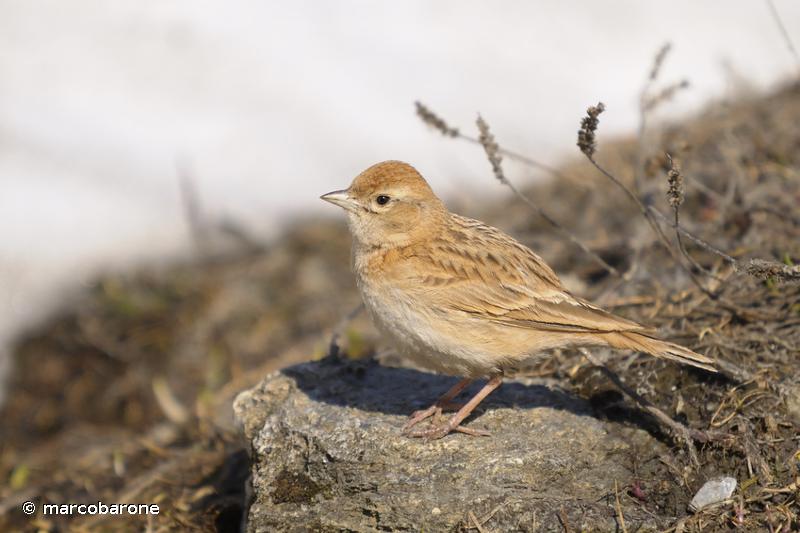
| Author : marcobarone |
 |
Any reuse of one or more photographs on this site is subject to an authorization request from the author.
Link to the Code of Intellectual Property (Legifrance)
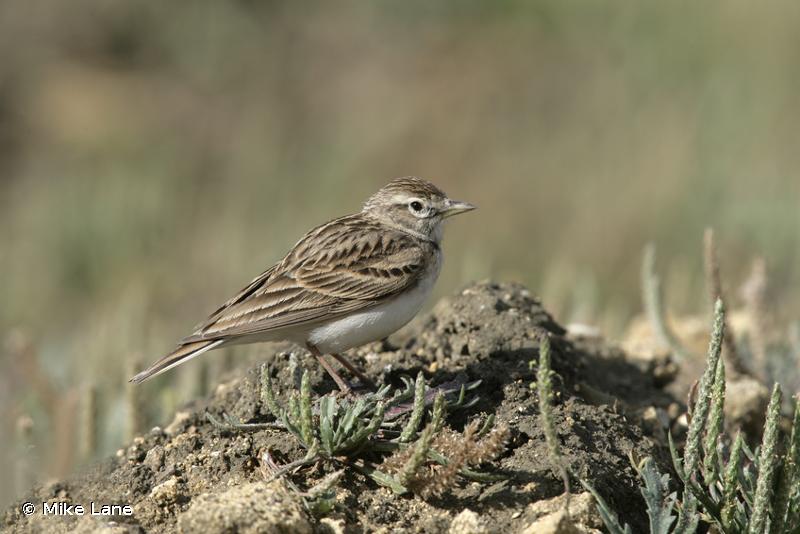
| Author : Mike Lane |
 |
Any reuse of one or more photographs on this site is subject to an authorization request from the author.
Link to the Code of Intellectual Property (Legifrance)
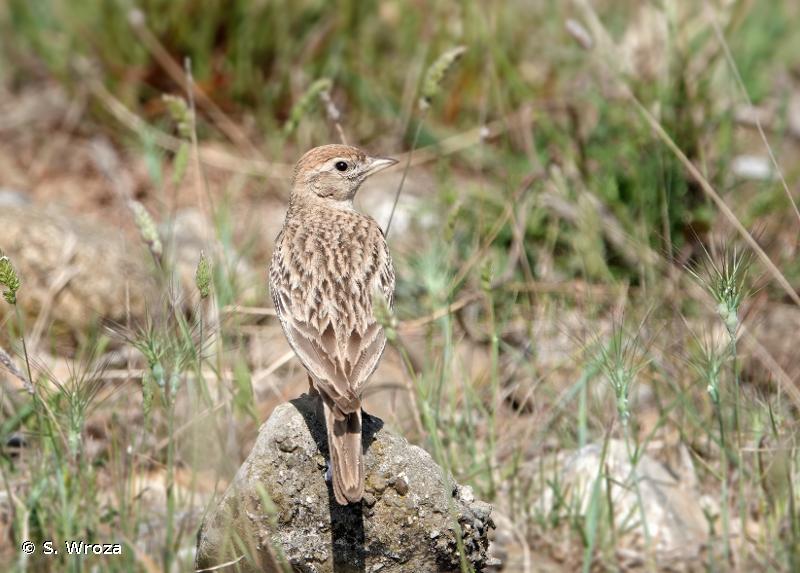
| Author : S. Wroza |
 |
Despite the Creative Commons license, please inform the author of the use which will be made of his photo
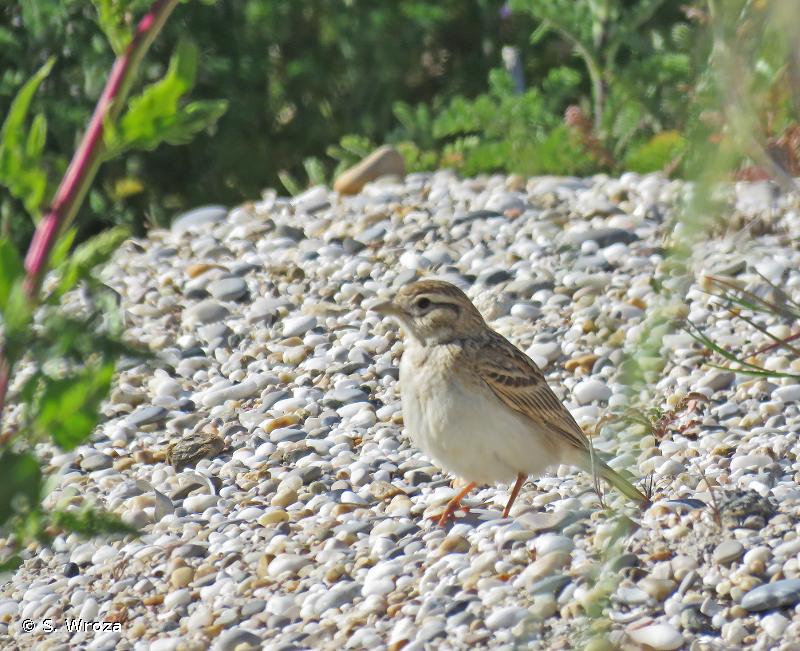
| Author : S. Wroza |
 |
Despite the Creative Commons license, please inform the author of the use which will be made of his photo
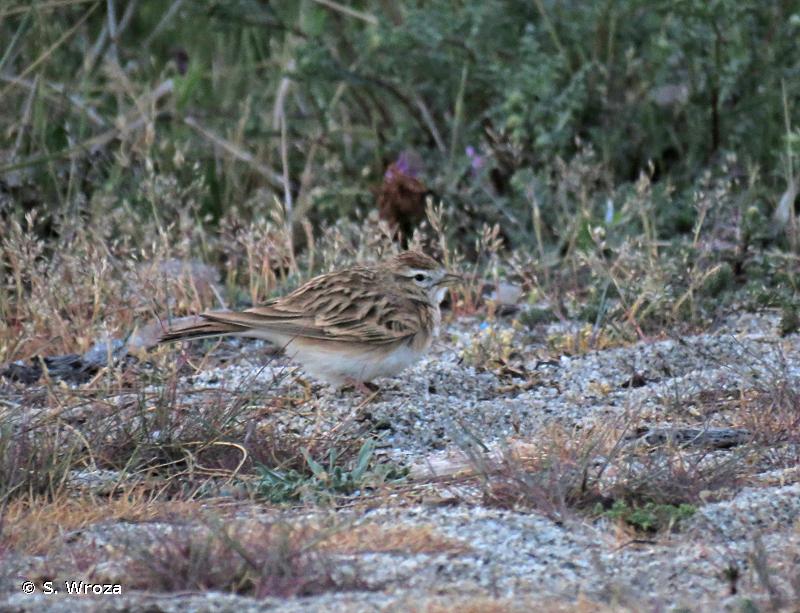
| Author : S. Wroza |
 |
Despite the Creative Commons license, please inform the author of the use which will be made of his photo
Taille/poids :
Longueur totale : 13 à 14 cm. Poids : 20 à 30 g.
Diagnose :
L'Alouette calandrelle est la plus petite des alouettes nichant en France. Les flancs et la poitrine sont beiges et non striés, celle-ci étant marquée de chaque côté d'une tache brun sombre parfois peu visible. Le bec est court et conique.
Détermination :
Moyennement difficile, mais les risques de confusion sont faibles avec d'autres espèces régulièrement présentes en France.
Mars à septembre-octobre.
Biologie-éthologie :
L'Alouette calandrelle a un régime alimentaire mixte composé de graines mais surtout de petits invertébrés à la belle saison.
Biogéographie et écologie :
L'aire de nidification de l'Alouette calandrelle s'étend de manière plus ou moins continue de l'Espagne et du sud du Maroc à travers les pays méditerranéens jusqu'au sud du lac Baïkal. C'est un oiseau des milieux chauds et secs, avec une végétation herbacée peu élevée laissant apparaître des places de sol nu.
Compilé par J. Comolet-Tirman à partir des Cahiers d’habitats.(UMS 2006 Patrimoine Naturel (AFB / CNRS / MNHN)),2017
Continental
Metropolitan France
Overseas
Marine
Metropolitan France
Overseas
The map presents a summary at the 10 x 10 km grid of the observation data for the species transmitted to the SINP. These data have been subjected to validation filters.
The map presents a reference distribution layer of the species at the scale of departments and marine sectors. The presence and absence data were established by expertise within a network of partners. This reference distribution is used in the validation process of the SINP data at the INPN level.
Corresponds to a report on the basis of at least one observation proved within a period of 10 years (20 years for little-known invertebrates) preceding the year and no presumption of extinction since obtaining the last data nor doubt on reproductive and implemented nature of this population. For migratory species, the presence indicated concerns areas of reproduction.
This status is based on one or more of the following criteria:
This point covers the absence, more difficult by nature to demonstrate than presence. This status is based on one or more of the following criteria:
This status must be assigned to a department in which the presence of the species is casual.
Particular case of absence due to a proven extinction less than a half century ago (older disappearances are treated as "no probable or definite").
In the state of knowledge, we can not comment on the presence or absence in the current department. This is the default status when not comprised in one of the previous categories or whenever there is doubt.
The map shows the global distribution of the species based on GBIF data (Global Biodiversity Information Facility).
